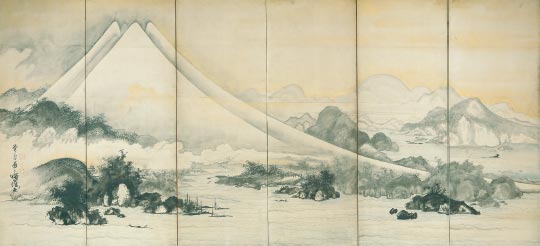 |
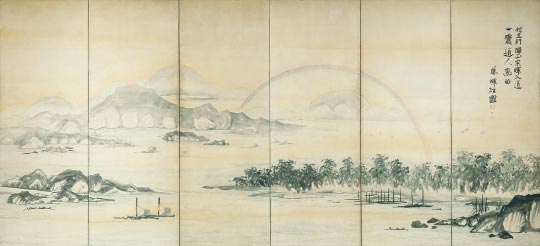 |
Soga Shohaku, Mt. Fuji and Miho Pine Grove
Edo Period, 18th century
|
|
 |
 |
 |
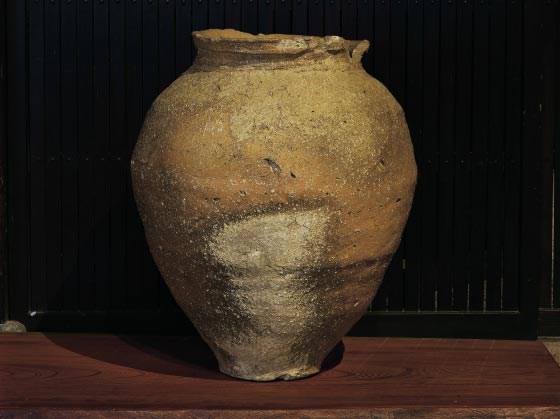 |
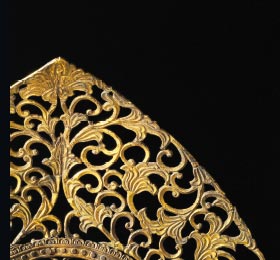 |
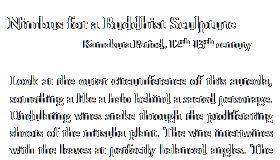 |
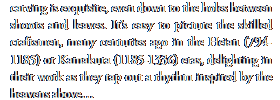 |
|
 |
|
|
This spring sees the
arrival of 14 new items in the museum collection,
including Soga Shohaku's Mt. Fuji and Miho Pine Grove,
in this exhibition, which provides an overview of
Japanese art in five sections: “Gods and Buddha,” “Land
of Pottery,” “Fuji Pilgrimage,” “Banquet of Spring,” and
“The Joy of Tea.” The works can of course be appreciated in terms of art-historical discoveries and unraveling of their technical wizardry, but in this spring's exhibition viewers are encouraged to engage with the unique character and emotional resonance of each work of art on its own terms. Comments by the museum's curators are provided to help you do so. Seeing art from a new vantage point provides new insights and new ways of enjoying it. Crack a smile at the humorous, nod your head at new discoveries, and immerse yourself in the joys of Japanese art with the unique perspectives of our curators as a guide. |
 |